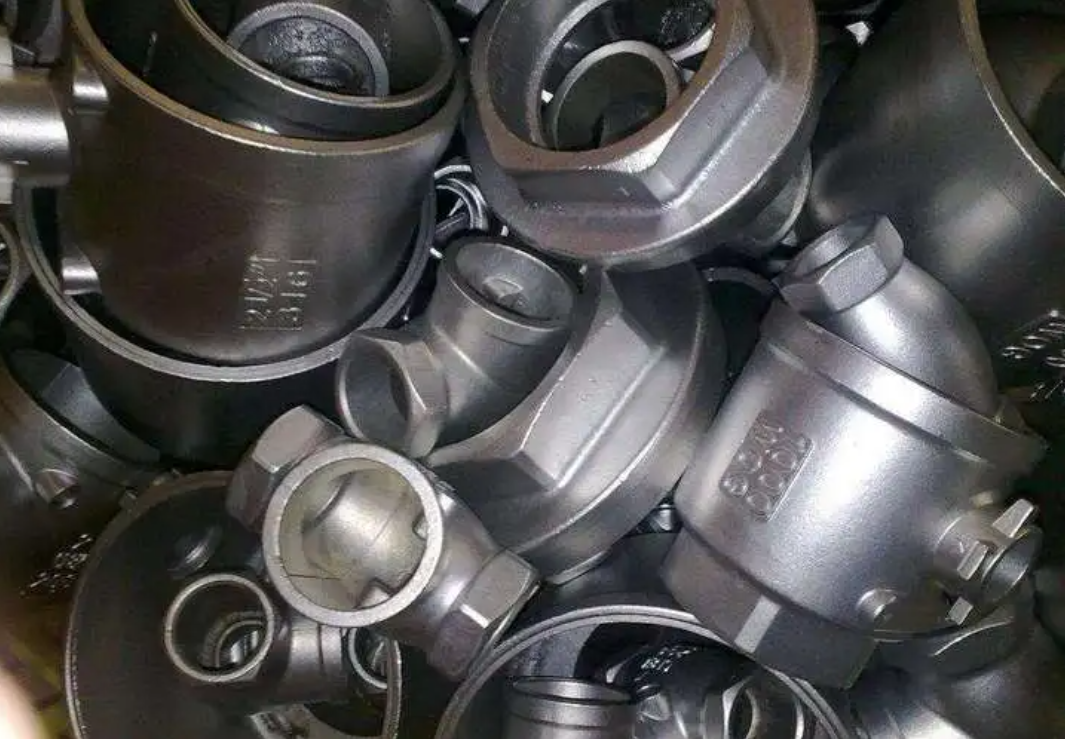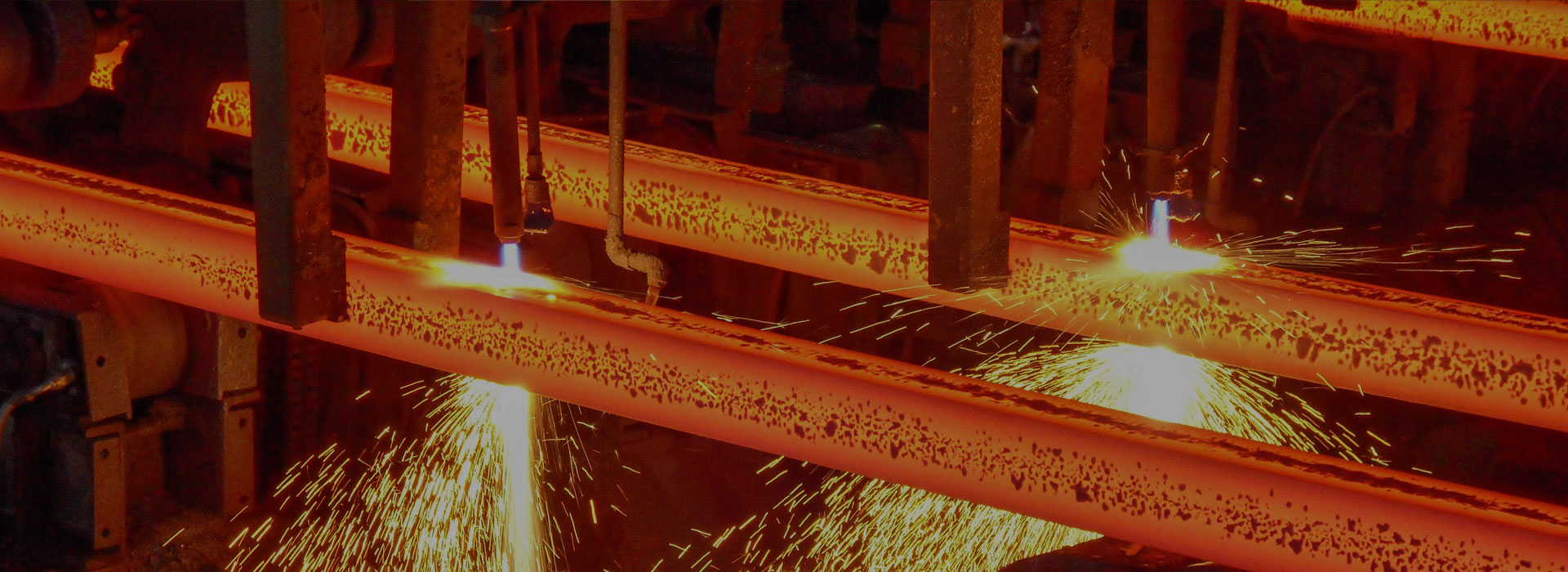The Surface Quality of Iron and Steel Castings
2023-12-18
Iron and steel castings are widely used in various industries due to their excellent mechanical properties and cost-effectiveness. However, the surface quality of castings is crucial for their performance and appearance. In this article, we will discuss the factors that affect the surface quality of iron and steel castings and the methods to improve it.
Factors Affecting Surface Quality
1. Casting Design: The design of the casting plays a significant role in determining the surface quality. The presence of sharp corners, thin sections, and complex geometries can lead to defects such as shrinkage, porosity, and surface roughness.
2. Molding and Core Materials: The choice of molding and core materials can affect the surface quality of castings. The use of high-quality sand, binders, and additives can improve the surface finish and reduce defects.
3. Pouring and Solidification: The pouring and solidification process can affect the surface quality of castings. The use of proper gating and risering systems, and controlled cooling can reduce defects such as surface cracks, hot tears, and surface roughness.
4. Cleaning and Finishing: The cleaning and finishing process can significantly affect the surface quality of castings. The use of proper cleaning agents, shot blasting, and grinding can improve the surface finish and remove defects.
Methods to Improve Surface Quality
1. Design Optimization: The design of the casting can be optimized to reduce defects and improve surface quality. The use of fillets, radii, and smooth transitions can reduce stress concentration and improve the flow of molten metal.
2. Molding and Core Materials: The use of high-quality molding and core materials can improve the surface quality of castings. The use of additives such as zircon and chromite can improve the surface finish and reduce defects.
3. Pouring and Solidification: The pouring and solidification process can be optimized to improve the surface quality of castings. The use of proper gating and risering systems, and controlled cooling can reduce defects such as surface cracks, hot tears, and surface roughness.
4. Cleaning and Finishing: The cleaning and finishing process can be optimized to improve the surface quality of castings. The use of proper cleaning agents, shot blasting, and grinding can improve the surface finish and remove defects.
The surface quality of iron and steel castings is crucial for their performance and appearance. The factors that affect the surface quality include casting design, molding and core materials, pouring and solidification, and cleaning and finishing. The methods to improve surface quality include design optimization, the use of high-quality materials, optimized pouring and solidification, and optimized cleaning and finishing. By following these methods, the surface quality of iron and steel castings can be improved, leading to better performance and appearance.




